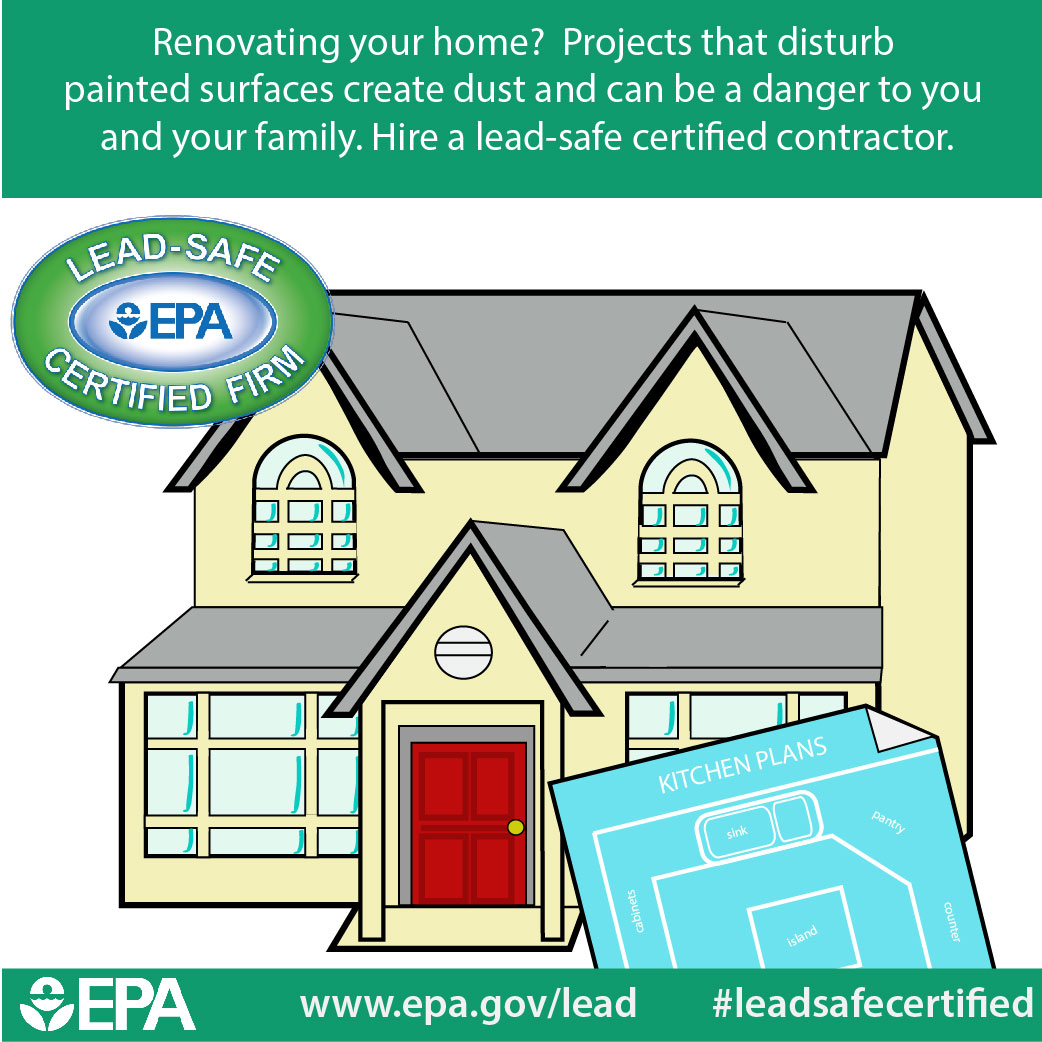Understanding Seasonal Influences On Commercial Exterior Paint: Necessary Knowledge For Success
Understanding Seasonal Influences On Commercial Exterior Paint: Necessary Knowledge For Success
Blog Article
Content Produce By-Regan Skafte
When you're preparing a commercial outside painting job, seasonal variables can make or damage your outcomes. You'll wish to think about exactly how temperature and moisture impact paint application and drying out times. Selecting the appropriate period can ensure your paint sticks correctly and lasts longer. However which periods are really the most effective for this kind of work? Let's check out the key elements that can impact your job's success.
The Influence of Temperature on Paint Application
When you're planning an industrial outside paint job, the temperature can substantially impact exactly how well the paint adheres and dries.
Preferably, you want to paint when temperature levels vary in between 50 ° F and 85 ° F. If it's too chilly, the paint may not treat effectively, causing concerns like peeling or fracturing.
On the other hand, if it's also warm, the paint can dry also quickly, avoiding proper bond and resulting in an uneven coating.
You need to additionally think about the time of day; morning or late afternoon provides cooler temperatures, which can be extra positive.
Constantly check the producer's recommendations for the specific paint you're utilizing, as they commonly give assistance on the optimal temperature level array for optimal results.
Moisture and Its Result on Drying Times
Temperature isn't the only ecological factor that affects your business external painting job; humidity plays a considerable role too. High moisture levels can reduce drying out times drastically, influencing the overall top quality of your paint task.
When the air is saturated with wetness, the paint takes longer to heal, which can cause concerns like inadequate adhesion and a greater threat of mold development. If https://professionalexteriorhouse86430.blogmazing.com/33452127/home-painters-a-beginner-s-guide-to-rejuvenating-your-home on a specifically moist day, be gotten ready for extended delay times in between layers.
It's crucial to keep an eye on regional weather conditions and plan as necessary. Ideally, aim for moisture degrees between 40% and 70% for optimum drying.
Keeping https://nextluxury.com/home-design/living-room-paint-ideas/ consider mind ensures your project remains on track and delivers an enduring finish.
Best Seasons for Commercial Outside Painting Projects
What's the best time of year for your industrial external paint tasks?
Spring and very early autumn are generally your best choices. Throughout these periods, temperature levels are moderate, and humidity levels are usually reduced, developing ideal conditions for paint application and drying.
Prevent summer season's intense heat, which can cause paint to dry also promptly, resulting in bad bond and finish. Likewise, wintertime's chilly temperatures can impede appropriate drying and healing, taking the chance of the durability of your paint work.
Go for days with temperatures in between 50 ° F and 85 ° F for optimal outcomes. Remember to inspect the neighborhood weather forecast for rainfall, as wet conditions can destroy your project.
Preparation around these factors ensures your painting job runs smoothly and lasts longer.
Conclusion
Finally, planning your business exterior painting jobs around seasonal factors to consider can make a substantial difference in the result. By organizing work during the suitable temperatures and moisture levels, you'll make certain much better bond and drying out times. Remember to keep an eye on regional weather report and choose the correct time of year-- springtime and early loss are your best options. Taking these steps will certainly aid you attain a durable and professional finish that lasts.
